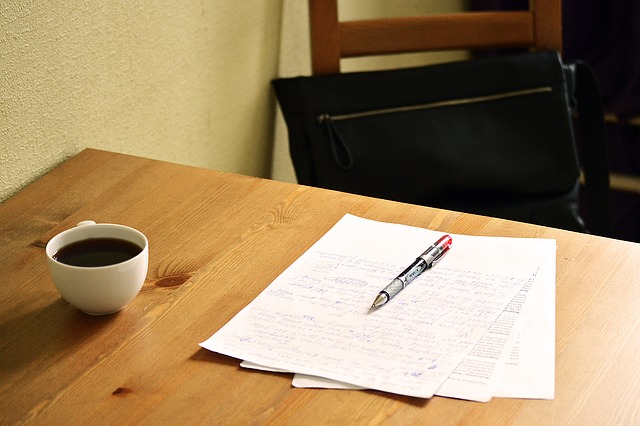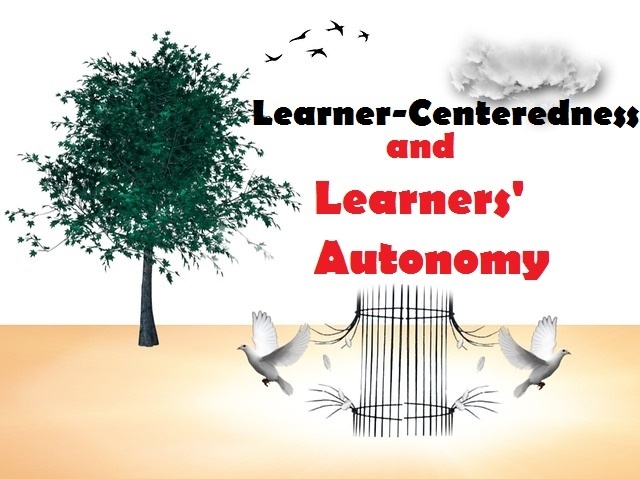Although writing is a very important skill. Many teachers hate teaching it because it takes a lot of time to correct. Correcting students’ vocabulary and grammar mistakes is something that should be done on a regular basis. However, with writing, it is a little bit different story. For instance, with creative writing such as (compositions, reviews, stories, … etc.) teachers are obviously interested in the content than highlighting the errors and mistakes using a red pen.
In process writing, you might be interested in developing learners’ accuracy. So, you will focus on vocabulary and grammar mistakes, mechanics, coherence and cohesion. In either case, writing correction will take a lot of time and effort to finish. But, that doesn’t mean you can’t do it.
Here are some of the most common correction techniques you can use to correct your students’ errors and mistakes in writing (errors and mistakes are used interchangeably in this post).

Using rubrics and checklists:
You can use rubrics and checklists that include criteria to evaluate your students’ writing performance. They show students the areas of weakness and strengths and also show them how to improve. Rubrics and checklists are a little bit different. A checklist includes only criteria while a rubric includes criteria and descriptions. Check the pictures below:
Here is a checklist I used with my students:

Here is an example of a rubric I used with my students:

What is good about checklists and criteria is that they are fair, make correction objective. And help students recognize their problems and what they need to work on.
Using symbols:
You can use symbols, these are correction codes, to correct your students’ mistakes. You can either place them on the word or on the margins of your student’s writing paper. It is important that you teach these symbols to your students’ so that they can know what they are referring to. Here is an example of correction codes you can use.
| W | Wrong word |
| WF | Word form |
| VF | Verb form |
| SP | Spelling mistake |
| C | Capitalization |
| P | Punctuation |
| WO | Word order |
| ? | Missing parts |
Reformulation:
You can use reformulation techniques. Take your students’ productions, and keep the main ideas of the work, but you rephrase the language. Your students will have to analyze the original writing and your reformulated writing version, compare the two,, notice the difference, elicit the errors and mistakes and make possible corrections. The problem with this technique is that it doesn’t work with low achievers whose language proficiency is very low, because they can be confused and can’t make the corrections. Also, it takes a lot of time on the part of teachers.
Peer correction:
You can do this a part of the writing process (just after students’ completion of the first draft). You invite students to peer correct. If you haven’t tried this before, you have to teach your students how to do it, and share some guidelines for effective implementation. They can use a checklist or a rubric and provide feedback based on the checklist or the rubric. If they have never given feedback, you can teach them how to do so. You can teach them some expressions and phrases to use, such as:
- I really like your paragraph, because …..
- These parts are well written ….
- I’m not sure about …..
- The errors I have observed are….
Peer correction is an effective technique because it helps learners to actively engage in the correction, motivated to give and share feedback, autonomous. It teaches them to assume responsibility for their learning.
Using the three colors:
You can use three colors (green, yellow, and red) to correct your students’ writing. You can use the green color to highlight the parts that are well written and really captivating such as some great collocations, phrases, compound adjectives, and great content or inspiring ideas. This shows students that you really admire their efforts and that there are many positive things about their work. The yellow color is used to highlight the things that need a little improvement and modification. The red color is used to highlight mistakes, show the students what they did wrong and how to improve.
Self-correction:
You can opt for error correction. You can teach students how to find some of their mistakes and correct them. This might take some time, though. First, you start with the symbols above the errors. This helps learners through guidance because they can know which words are wrong and what’s wrong with them. Once they get better, you can underline the errors and write the codes on the margins. Later, you can remove the codes and only underline the errors. If your students showed some advancement, you only mention which line includes the errors. With more practice, your students will be able to identify their own mistakes and errors and correct them.
As you can see, there are several techniques you can use to correct your students’ writing productions. It is not YOU who is supposed to do the work all the time. You might be teaching in a large class or thinking about skipping writing because it takes a lot of your time. Don’t do it. TRY to use some of these strategies and see the impact.
If you like this post or you think there is a colleague who needs to know about this, please share.
Read more about error correction
- Eight Practical Immediate Error Correction Strategies For EFL Teachers
- Effective Error Correction in ESL & EFL Classrooms
- Error correction in EFL classroom: practical suggestions for effective use
- Practical Ideas for EFL Teachers To Correct Students’ Writing







